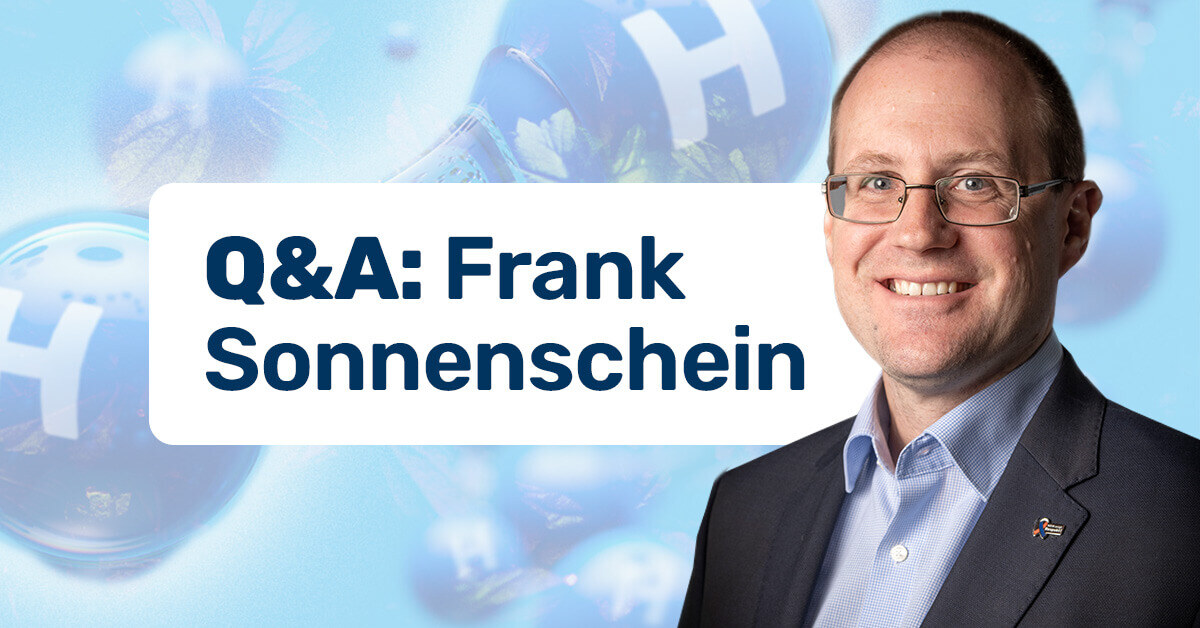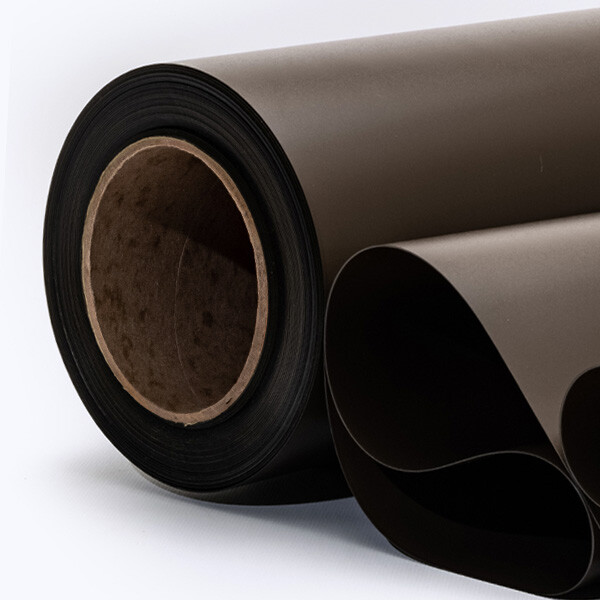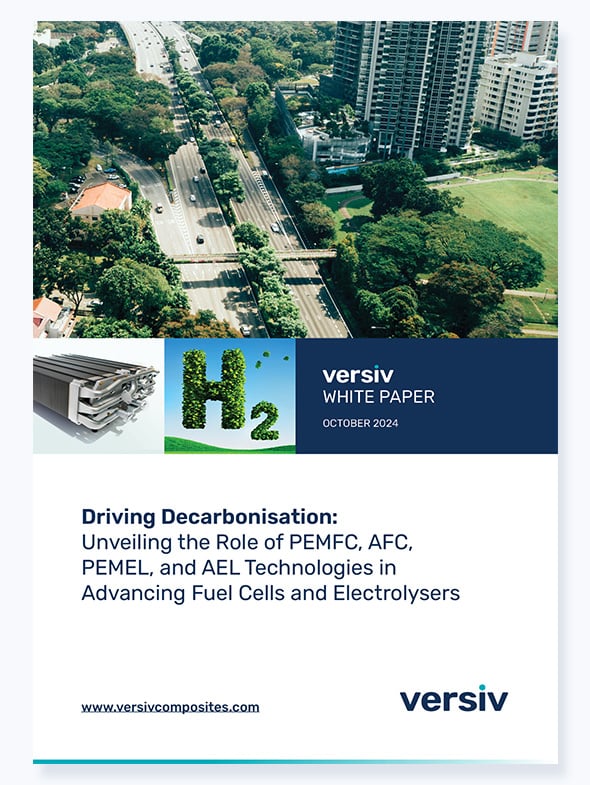
As the hydrogen economy accelerates toward a projected $556.56 billion market by 2034, the infrastructure supporting this growth faces unprecedented sealing challenges. Are traditional sealing solutions adequate for hydrogen's unique properties? We spoke with Frank Sonnenschein about how advanced PTFE gasket technologies contribute to better designed fuel cells and electrolysers.
Q&A with Frank Sonnenschein: How PTFE multimaterials lead to low permeation in hydrogen fuel cell gaskets
What specific challenges do hydrogen infrastructure projects face with traditional sealing solutions?
Frank Sonnenschein: "The first challenge is straightforward - hydrogen is corrosive. So, all the pipes, hoses, nozzles, vents, and various other components - everything must be anti-corrosive because hydrogen is, as you know, water, at least in the end.
That also leads to having to most likely use liners in the pipes and hoses. Hydrogen is explosive when mixed with oxygen, so leakage prevention is not only an environmental aspect, but also a safety issue.
The reality is that hydrogen can probably use plastic housings or plastic piping because hydrogen doesn't necessarily attack the plastic if it's the right type. You can have some permeation issues, but they can be coated with PTFE."
Download our Hydrogen White Paper: Driving Decarbonisation: PEMFC, AFC, PEMEL & AEL Tech for Sustainable H2 Electrolysis
What are some frequently overlooked risks in hydrogen gasket selection that lead to leaks or recalls after installation?
FS: "The biggest unseen risk is permeation through the gasket. So even if you've got a great gasket design, after a while the hydrogen will permeate through just because of its structure as microscopic atoms. In short, hydrogen, being the smallest molecule, can permeate through materials that effectively seal other gases.
This permeation issue is often overlooked in the design phase. People focus on the immediate sealing performance but don't adequately account for the long-term permeation effects that are inevitable with hydrogen's molecular structure.
The ongoing worldwide drive toward hydrogen safety standards and regulations is increasingly recognising permeation as a critical factor, and there are new testing protocols being developed specifically for hydrogen service applications."
How can multi-material composite gaskets enhance hydrogen system reliability?
FS: "In general, there are two different material groups in use: elastomers and plastics - the latter primarily being PTFE based. Both PTFE and elastomers have limits. Elastomers are a good sealing material with good decompression, but they have limited media and temperature resistance. PTFE, diametrically, has limited seal-ability but is very good in temperature and media resistance.
The ideal is to co-develop with clients and merge the resilience of elastomers with the robustness of PTFE, offering solutions that excel in high-temperature and media resistance, which is crucial for hydrogen technology applications.
The multi-material approach, with high temperature gaskets and media resistant gaskets so important, can provide better mechanical properties and lower permeation rates, maintaining gas integrity in hydrogen systems."
How are advancements in PTFE gasket technology aiding hydrogen infrastructure in meeting stringent safety regulations and certification requirements?
FS: "The regulatory landscape is constantly evolving. What we're seeing is that different markets have different standards. For example, one country´s policy sets the minimum, but competition pushes companies beyond it. Since we know those higher thresholds are achievable, our policy should aim there, too.
The key is that PTFE-based composite materials are helping to meet these evolving standards by providing the chemical resistance and durability needed for long-term hydrogen service."
How do you gauge the health of the hydrogen sector at the moment and the potential of PTFE sealing to contribute to the industry’s momentum?
FS: "The global hydrogen generation market, valued at $186.58 billion in 2024, is projected to grow at a CAGR of 9.2% through 2030. This anticipated growth is driving demand for specialised sealing solutions capable of handling hydrogen's unique challenges.
There is a high extent of projected investment and associated pressure to develop reliable, cost-effective sealing technologies that can support large-scale deployment.
As well as that consider the safety implications as hydrogen applications expand across energy, transportation, and industrial sectors, with safety standards becoming tougher. The industry must balance performance with environmental compliance. PTFE gasketing has a key role to play."
Ready to learn more or discuss your next project?
Contact our team to discover how Versiv advanced composites can power your next breakthrough.











